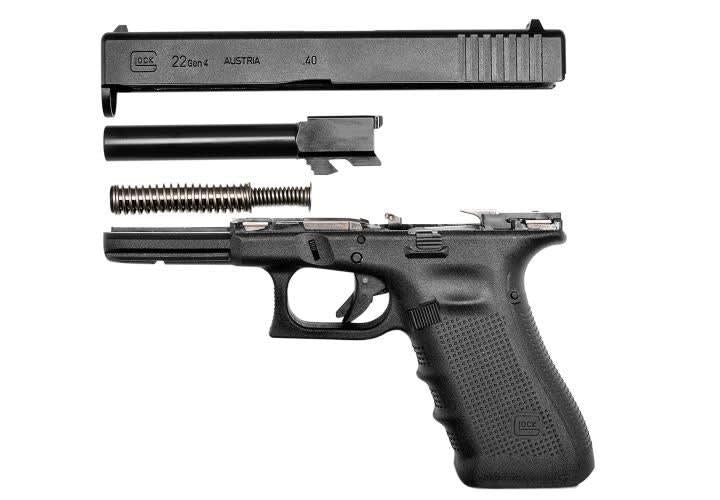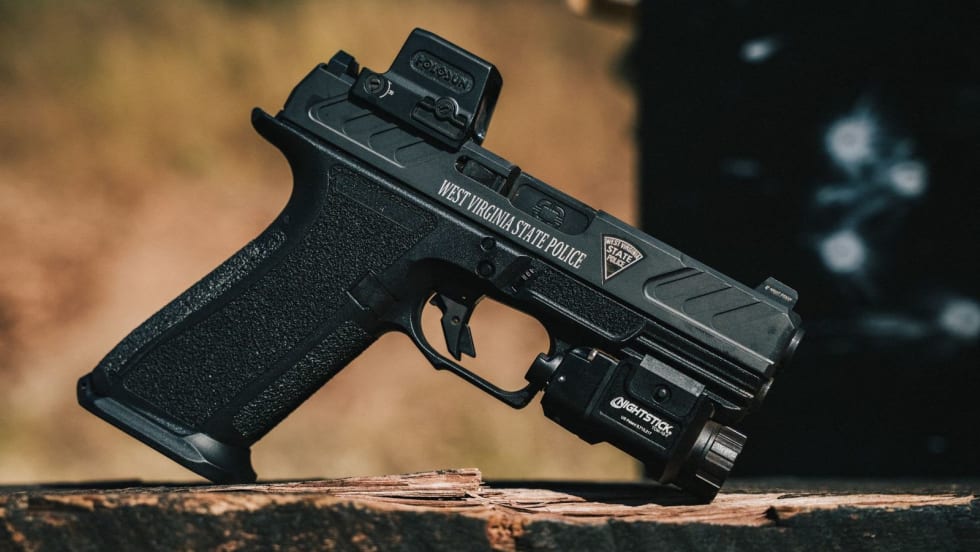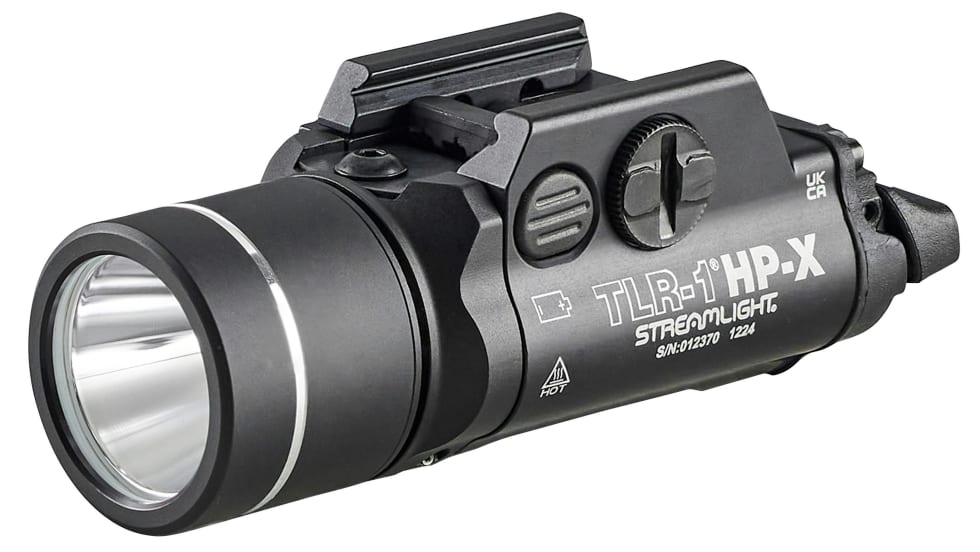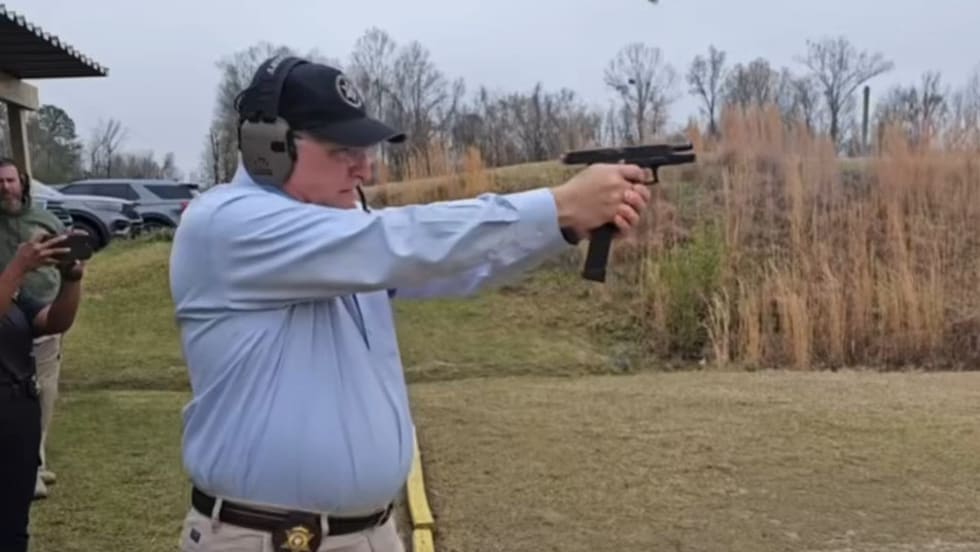However, I can't recall any specific "failure to fire" incident caused by the firing-pin channel being blocked by oil and debris, which slows the action of the firing pin and prevents a primer strike. That said, I don't doubt officers can experience a firing-pin channel blockage.
What I've learned over the years is that many officers will typically use way too much oil and solvent when cleaning their duty weapons. I've seen officers use lithium grease, brake cleaner and PB Blaster in their Glocks, but the main issues causing problems were from too much oil, or failure to remove all of the solvents.
We've taken these five steps to remedy this issue in our agency:
Step 1: We created a standardized department-wide weapons maintenance program. I developed a program several years ago, with other armorers now on-board to assist. We do full "detail strip" cleaning, lubrication and test-firing of each duty weapon at least once every three years (more often, if necessary).
We have over 130 sworn members. With two armorers working full time on this program, it takes us approximately two weeks (10 working days) to complete every duty weapon, as well as some off duty or specialized assignment weapons (IE, SWAT duty handguns, but not rifles or tactical shotguns, this is handled by other dept armorers).










